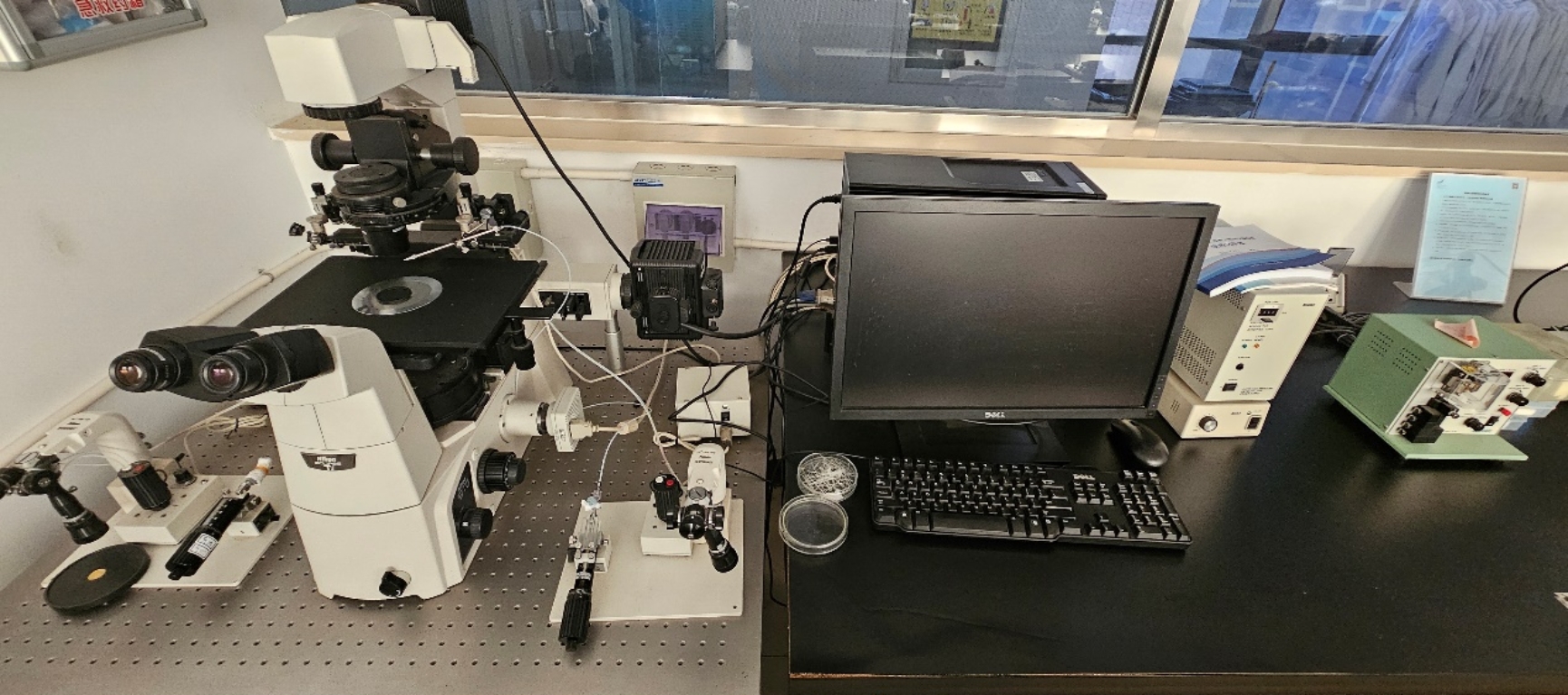
Research Team
Asian RegionalArtemia Reference Center
Based on Asian Regional Artemia Reference Center, the team focuses on basic biological research and applied technologies for biological resources in marine and brine environments, and has achieved remarkable progress in aspects of development and utilization of Artemia resources (population genetic structure and diversity study, Artemia germplasm resource evaluation and improvement, techniques on diapause deactivation of Artemia cysts and effective use of Artemia in larviculture, use of Artemiaformarine environmental pollution monitoring and evaluation, and Artemia bioactive compound exploitation), establishment of Artemiaexperimental biology research platform,metabolic regulation andfermentation technology of bioactive metabolites in marine and halophilic microorganisms and their application in food, human health and aquaculture.
We have accomplished many scientific research projects funded by FAO, Ministry of Science and Technology of China, Natural Science Foundation of China,Ministry of Agriculture and Rural Affairs of China, Tianjin Science and Technology Commission, and havemade great achievements. We are keeping close cooperation with domestic enterprises to facilitate technology transformation and extension, and areactively participating in setting up aquaculture industry standards. We are conductinginvestigation of biological resources in Tibet’s salt lakes and exploiting of plateau Artemia resources, supporting sustainable development of Artemiaresources in Tibet. Currently ARARC team has eight permanent staff members.
Achievements: (representative projects, papers, awards limited to 5)
Major project grants
(1)NSFC,Study on the adaptive evolutionary mechanism of Aretmia tibetiana in response to the extreme environment of salt lakes on the Qinghai-Tibet Plateau.
(2) NSFC, Study on the Biosynthesis Mechanism and "Positive and Negative" Metabolism Regulation of Bacterioruberin in Halophilic Archaea.
(3) Tianjin Science and Technology Project,Evaluation and utilization of Artemia resources based on Artemia Gene Bank.
(4)Fishery Technology Assistance Tibet Project of Ministry of MARA
(5)Sustainable development and protection of Artemia resources in Yun-cheng Salt Lake
2. Publications
(1)Van Stappen G, Sui LY, Hoa NV, Tamtin M, Nyonje B, Renato de Medeiros Rocha Sorgeloos P, Gajardo G. 2019. Review on integrated production of the brine shrimp Artemia in solar salt ponds. Review in Aquaculture, 12: 1054-1071.
(2) Gao MR, Du DD, Bo AX, Sui LY*. 2019. Poly-β-hydroxybutyrate (PHB)-accumulating Halomonas improves the survival, growth, robustness and modifies the gut microbial composition of Litopenaeus vannamei postlarvae. Aquaculture, 500: 607-632.
(3)Han XK, Zheng YY, Sui LY*. 2020. Effect of polystyrene microplastics and temperature on growth, intestinal histology, and immune responses of brine shrimp Artemia franciscana. Journal of Oceanology and Limnology, 39(3): 979-988.
(4)Duan H, Shao XX, Liu W, Xiang JH, Pan NM, Wang XH, Du GR, LiY, Zhou JP, Sui LY*. 2023. Spatio-temporal patterns of ovarian development and VgR genesilencing reduced fecundity in parthenogenetic Artemia, Open Biology, 13(11): 1-14.
(5) Ma YC, Sun ZS, Yang H, Xie W, Song MY, Zhang B, Sui LY*. 2024.The biosynthesis mechanism of bacterioruberin in halophilic archaea revealed by genome and transcriptome analysis, Applied and Environmental Microbiology, 90(7): e00540-24
3.Patents
(1) A Halorubrum sp. HRM-150 strain and a method for fermentative production of carotenoids using the same,ZL 2019 1 0463640.9.
(2) A PHBd-1 bacterial strain and its application,ZL 2018 1 1410585.9.
(3) A red halophilic archaeon Halorubrum strain and its application in enhancing Artemia for aquatic seedling or aquaculture,ZL 2020 1 1060623.X.
(4) A Halomonas sp. 100-16-2 strain and a method for preparing poly(3-hydroxybutyrate) using the same,ZL2018 1 1410570.2.
(5) A method for high-density hatching of Artemia cysts by fully utilizing the hatching water.ZL 2020 1 1504722.2.
4.Awards
(1) Gold Award of the second National Post-doctoral Innovation Competition.
(2)Set up Aquaculture Industry Standards (authorized by Ministry of Agriculture and Rural Affairs) on Artemia cysts(SCT2001-2023) and Frozen Artemia biomass (SCT2123-2023).
5. Equipment


Recirculating aquaculture system(upper) and Microinjector (Nikon+Narishige, lower)
Professor Liying Sui, PhD student supervisor, gained PhD in applied biological sciences from Ghent University. She is the founder and director of Asian Regional Artemia Reference Center, the head of Tianjin International Cooperation Base, and China-Malaysia Joint Research Center of Brine and Marine Science and Biotechnology. She serves as vice chairman of the Professional Technical Committee forLive Feedof the Chinese Fisheries Society, board member of the Chinese Crustacean Society, member of the Professional Committee for Salt Resources and Environment of the Geological Society of China, the expert by the China Aquatic Products Marketing and Processing Association and member of the Working Group for Fisheries Science and Technology Aid for Tibet appointed by Ministry of Agriculture and Rural Affairs. She becomes vice Chairman of FAO-NACA International Aquaculture and Artemia Consortium since 2023.
Since 2008, she has received research grants from FAO, Natural Science Foundation of China, Ministry of Science and Technology of China, Ministry of Agriculture and Rural Affairs, Key Technology R&D Project and Science Foundation of Tianjin Municipal City. She has published over 80 research papers, among which over 50 papers published in international peer-reviewed journals as the first author or correspondence. She obtained four authorized patents, and in charge ofsetup Aquaculture Industry Standard on Artemia cysts and frozen Artemia biomass.

